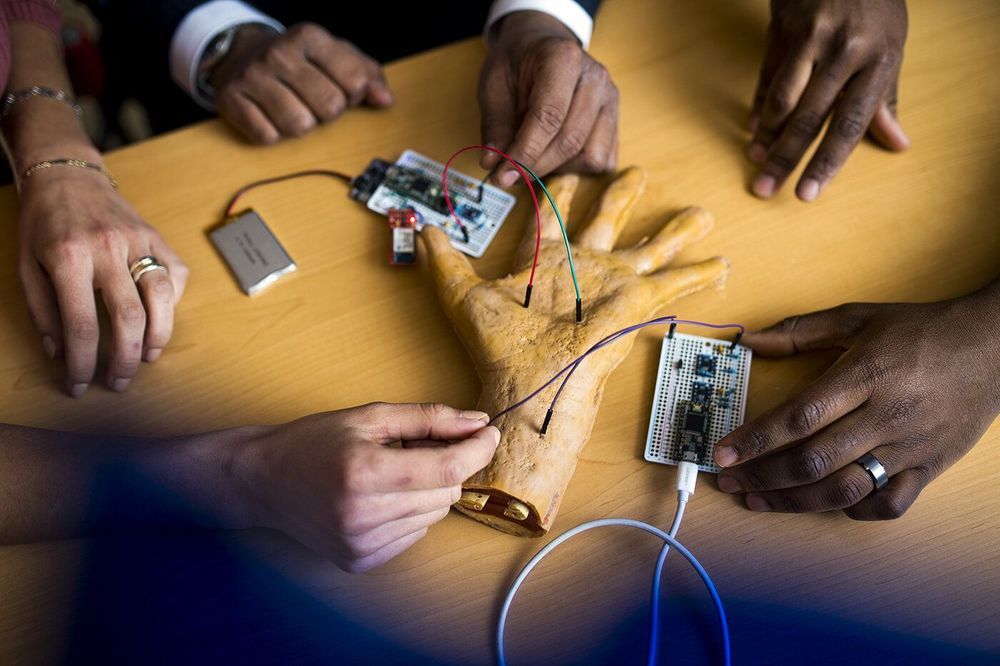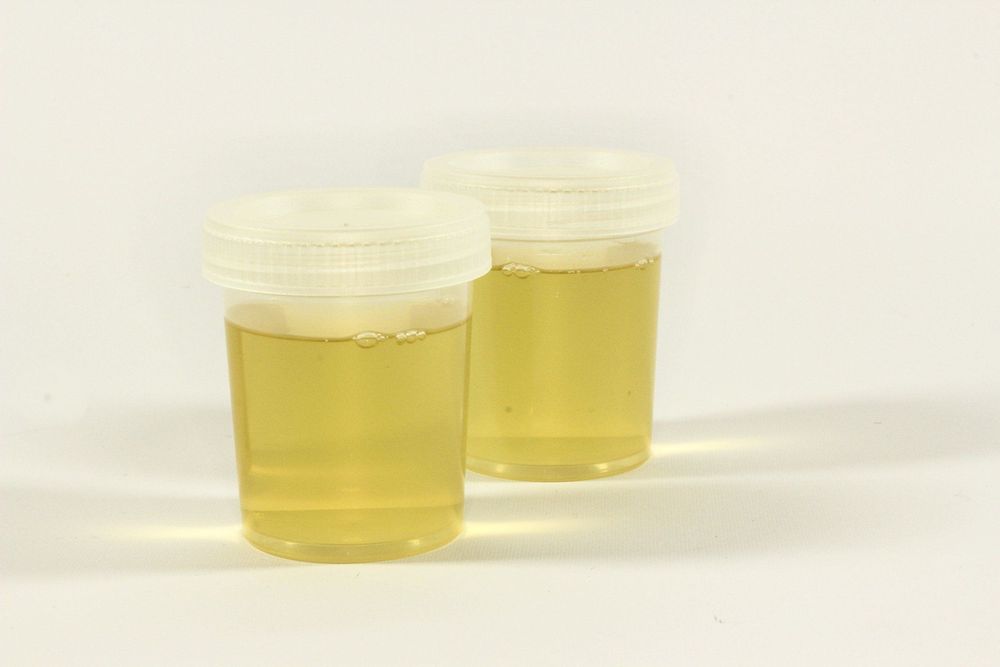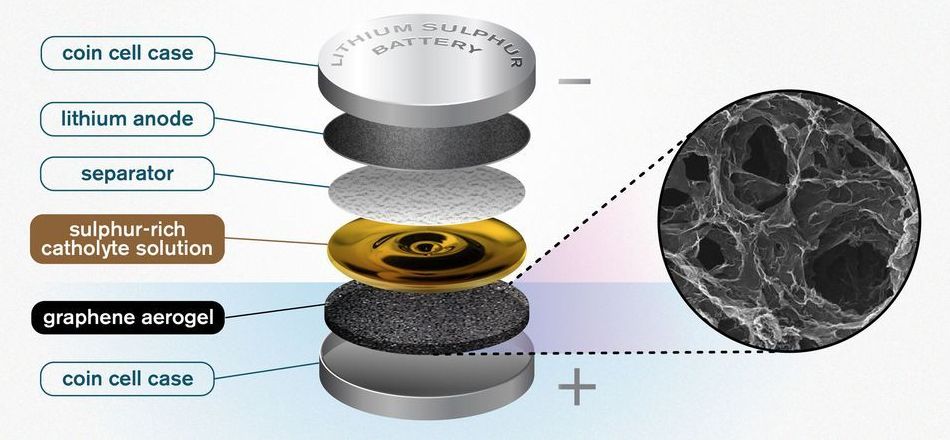Page 8832
Apr 29, 2019
PaintBot: A deep learning student that trains then mimics old masters
Posted by Quinn Sena in categories: information science, robotics/AI, transportation
Artificial intelligence has been showing us many ish tricks as apers of human-created art, and now a team of researchers have impressed AI watchers with PaintBot. They have managed to unleash their AI as a capable mimic of the old masters.
AI can deliver a Van Gogh–ish, Vermeer–ish, Turner–ish painting. The team, from the University of Maryland, the ByteDance AI Lab and Adobe Research, turned an algorithm into a mimic of the old masters.
“Through a coarse-to-fine refinement process our agent can paint arbitrarily complex images in the desired style.”
Continue reading “PaintBot: A deep learning student that trains then mimics old masters” »
Apr 29, 2019
Researchers develop secure method for sending sensitive personal data from wearable tech
Posted by Saúl Morales Rodriguéz in categories: biotech/medical, health, internet, mobile phones, wearables
Smart watches. Pacemakers. Internet-connected glasses. These are devices designed to make life easier. And yet, all this wearable technology can be hacked. The devices send personal health information to your smartphone over the airways, so anyone with the know-how could scoop it up and steal it. But now, researchers at Northeastern have a better, more secure idea: Send data through your body.
Associate professor Kaushik Chowdhury worked with a team of researchers from the Draper Laboratory in Cambridge, Massachusetts, and the Federal University of Paraná in Brazil to develop a safe, hacker-proof method to transmit sensitive data.
“The truth is, no matter what I do when it comes to wireless devices, I’m radiating the signal through the air,” Chowdhury says. “There is the danger that the signal can be jammed, or analyzed by someone else. Our method secures this sensitive information so it can’t be leaked.”
Apr 29, 2019
Non-thermal plasma: new technology could kill 99.9% of the deadly germs in the air
Posted by Quinn Sena in categories: biotech/medical, food, health
You can live without food for three weeks and without water for up to three days. But you can’t live without air for more than three short minutes. It’s not just the abundance of air that matters – the quality is essential, too. Unfortunately, air can be contaminated with dangerous germs known as airborne pathogens, such as bacteria and viruses.
Airborne diseases are very easily transmitted, and can result in respiratory illness that can be life threatening. It’s therefore no wonder that outbreaks of airborne infectious diseases are a major public health concern, and that researchers are working hard to come up with technologies to provide clean air. So far, however, such technologies have had limited success.
Now a new study suggests that non-thermal plasma – a cool gas made up of electrically charged particles, despite having no overall charge – could inactivate airborne viruses and provide sterile air. Although the technology has a long history and many applications (in medicine and food industry), this is a completely new use for it.
Apr 29, 2019
Why does insomnia worsen distress of unpleasant memories?
Posted by Xavier Rosseel in category: neuroscience
For people with insomnia, sleep does not reduce the shame of an embarrassing experience. For them, the distress does not fade; in fact, it can get worse with recall.
Brain activity differences may help explain why distress from bad memories grows stronger in people with insomnia but fades in those without insomnia.
Apr 29, 2019
Urine test could prevent cervical cancer
Posted by Quinn Sena in category: biotech/medical
Urine testing may be as effective as the smear test at preventing cervical cancer, according to new research by University of Manchester scientists.
The study, led by Dr. Emma Crosbie and published in BMJ Open, found that urine testing was just as good as the cervical smear at picking up high-risk human papillomavirus (HPV), the virus that causes cervical cancer.
The research team say a urine test could help increase the numbers of women who are screened for cervical cancer, which affects more than 3,000 women every year in the UK.
Continue reading “Urine test could prevent cervical cancer” »
Apr 29, 2019
Graphene sponge helps lithium sulphur batteries reach new potential
Posted by Quinn Sena in categories: energy, materials
To meet the demands of an electric future, new battery technologies will be essential. One option is lithium sulphur batteries, which offer a theoretical energy density more than five times that of lithium ion batteries. Researchers at Chalmers University of Technology, Sweden, recently unveiled a promising breakthrough for this type of battery, using a catholyte with the help of a graphene sponge.
The researchers’ novel idea is a porous, sponge-like aerogel made of reduced graphene oxide that acts as a free-standing electrode in the battery cell and allows for better and higher utilisation of sulphur.
A traditional battery consists of four parts. First, there are two supporting electrodes coated with an active substance, which are known as an anode and a cathode. In between them is an electrolyte, generally a liquid, allowing ions to be transferred back and forth. The fourth component is a separator, which acts as a physical barrier, preventing contact between the two electrodes whilst still allowing the transfer of ions.
Continue reading “Graphene sponge helps lithium sulphur batteries reach new potential” »
Apr 29, 2019
As oceans warm, microbes could pump more CO2 back into air, study warns
Posted by Quinn Sena in categories: biological, climatology, sustainability
The world’s oceans soak up about a quarter of the carbon dioxide that humans pump into the air each year—a powerful brake on the greenhouse effect. In addition to purely physical and chemical processes, a large part of this is taken up by photosynthetic plankton as they incorporate carbon into their bodies. When plankton die, they sink, taking the carbon with them. Some part of this organic rain will end up locked into the deep ocean, insulated from the atmosphere for centuries or more. But what the ocean takes, the ocean also gives back. Before many of the remains get very far, they are consumed by aerobic bacteria. And, just like us, those bacteria respire by taking in oxygen and expelling carbon dioxide. Much of that regenerated CO2 thus ends up back in the air.
A new study suggests that CO2 regeneration may become faster in many regions of the world as the oceans warm with changing climate. This, in turn, may reduce the deep oceans’ ability to keep carbon locked up. The study shows that in many cases, bacteria are consuming more plankton at shallower depths than previously believed, and that the conditions under which they do this will spread as water temperatures rise. The study was published this week in the journal Proceedings of the National Academy of Sciences.
“The results are telling us that warming will cause faster recycling of carbon in many areas, and that means less carbon will reach the deep ocean and get stored there,” said study coauthor Robert Anderson, an oceanographer at Columbia University’s Lamont-Doherty Earth Observatory.
Continue reading “As oceans warm, microbes could pump more CO2 back into air, study warns” »
Apr 29, 2019
New approach could lead to a lifetime flu vaccine
Posted by Quinn Sena in categories: biotech/medical, food
If the virus that causes flu were an ice cream cone, then the yearly vaccine teaches the immune system to recognize just the scoop – chocolate one year, strawberry the next. As the virus changes each year, so too must the vaccine.
A new approach that teaches the body to recognize the cone portion of the virus – which stays the same year-to-year – could shake up that yearly vaccination ritual and protect people against pandemic flu like the one that killed 40 to 50 million people in 1918. The team working on this new approach, led by Stanford biochemist Peter Kim, has shown early signs that their technique works in lab animals. They warn that they still need to make their vaccine more specific and show it works in much larger studies before testing it in people.
“We think it could be very generalizable,” said Kim, who is the Virginia and D.K. Ludwig professor of biochemistry and the lead investigator of the infectious disease initiative at the Chan Zuckerberg Biohub. “It could be important for coming up with a universal flu vaccine that would protect against pandemic flu, as well as for HIV.”
Continue reading “New approach could lead to a lifetime flu vaccine” »
Apr 29, 2019
New view on the mechanisms of how the brain works
Posted by Xavier Rosseel in category: neuroscience
The researchers conducted in-depth analyses of how touch signals are transferred and processed in neurons of various parts of the brain and the latest studies have been published in Cell Reports and Frontiers in Cellular Neuroscience. The experiments were conducted on anaesthetised rats.
“We immediately realised that our findings deviated strongly from the accepted view that different parts of the brain are responsible for different specific functions,” says Henrik Jörntell, one of the researchers behind the study.

















